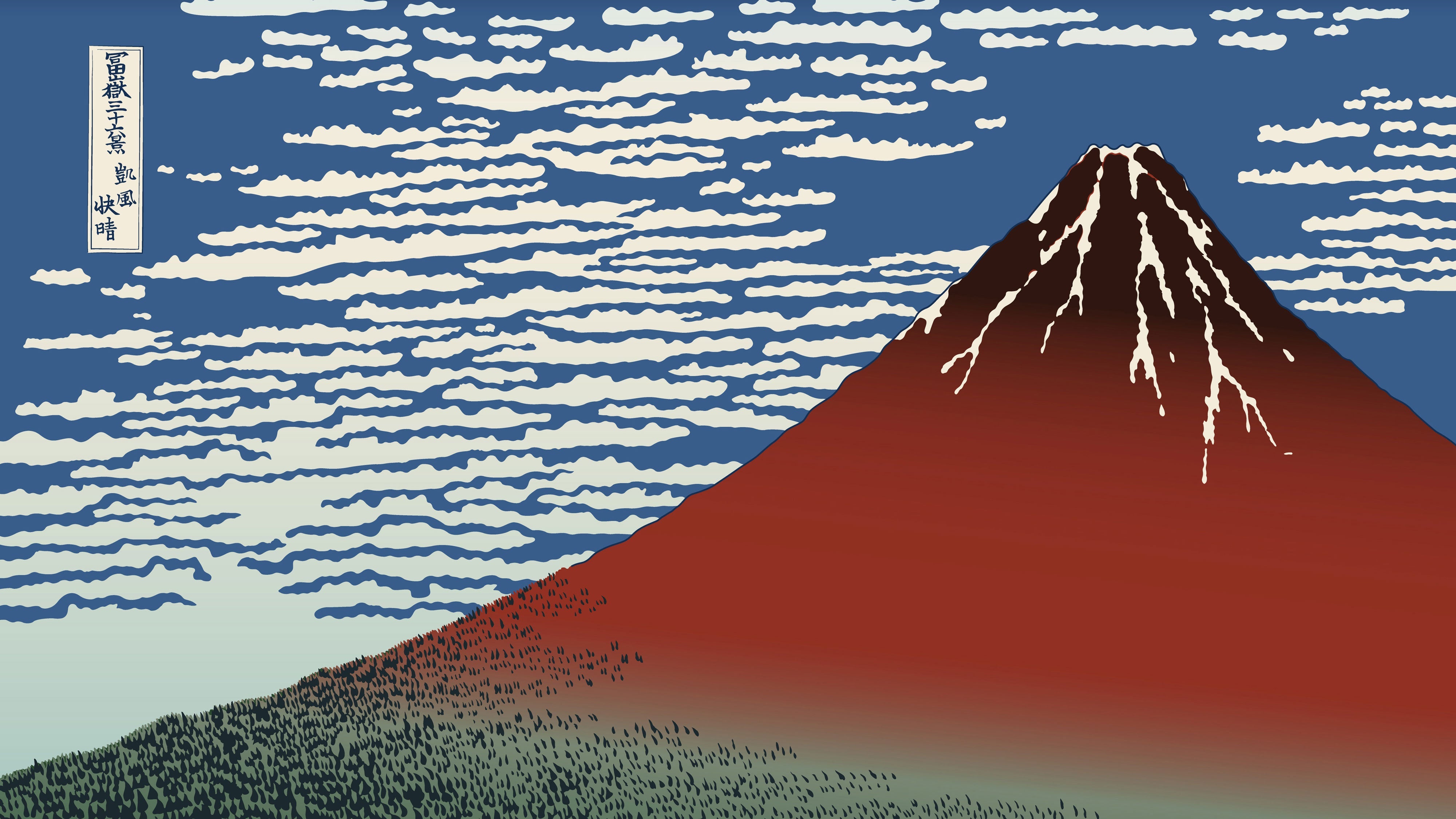
What Is Ukiyo-e? A Look into Japan’s Iconic Woodblock Print Art
Written by Team MUSUBI
In the Edo period (1603–1868 CE), ukiyo-e prints were an accessible form of art enjoyed by the general public. Today in Japan, the popularity of ukiyo-e is rising once again, partly thanks to popular TV drama “UNBOUND,” about an Edo-era media mogul who discovered great artists like Kitagawa Utamaro and Toshusai Sharaku.
In this blog, we introduce items inspired by masterpieces of ukiyo-e. By incorporating them into your daily life as “usable art,” they gently add a touch of Edo elegance and aesthetics to modern living.
Table of contents

What is Ukiyo-e
Ukiyo-e ABCs
Ukiyo-e is a general term for paintings and woodblock prints that depict the daily life and entertainment of people during the Edo period.
The “ukiyo” in ukiyo-e originally comes from the Buddhist expression ukiyo, meaning “the transient and sorrowful world.” However, over time, the meaning shifted to refer to “the present world,” and it came to symbolize a life of pleasure and enjoyment.
This transformation was closely tied to the rapid growth of cities such as Edo (now Tokyo) and Osaka, where townspeople who had gained economic power sought to celebrate and enjoy the fleeting beauty of life.
Ukiyo-e featured popular Kabuki actors, elegantly dressed women, and scenic spots from across Japan. These works played a role similar to that of modern-day celebrity magazines, fashion publications, and travel guides.
In other words, ukiyo-e served not only as entertainment but also as a medium for sharing trends and information.
Tecniques of Ukiyo-e
There are two main techniques used in ukiyo-e: nikuhitsu-ga (hand-painted works) and mokuhanga (woodblock prints).
Nikuhitsu-ga refers to the original technique used when ukiyo-e first emerged, in which artists painted each piece by hand using a brush. These were one-of-a-kind works and considered expensive art objects, out of reach for the common people.
What made ukiyo-e accessible to the general public was the advent of woodblock prints. This technique involved carving an image into a wooden block, which allowed for the same image to be printed multiple times. Thanks to this capacity for mass production, ukiyo-e became more affordable and widely enjoyed by the masses.
The creation of woodblock ukiyo-e was a collaborative effort involving multiple specialists—not just the ukiyo-e artist. These included the hanmoto (publisher), who planned and sold the works; the eshi (designer), who drew the original image; the horishi (carver), who carved the image into the woodblock; and the surishi (printer), who applied the colors. Ukiyo-e was thus a collective art form, completed through the refined skills of various artisans.
Masters of Ukiyo-e
Katsushika Hokusai

Hokusai is one of the most internationally renowned Japanese artists and was born in what is now Sumida City, Tokyo. In his late teens, he became a disciple of Katsukawa Shunsho, a master known for portraits of Kabuki actors and beautiful women.
In his mid-forties, he gained recognition as a popular ukiyo-e artist after illustrating a novel by Kyokutei Bakin, the author of Nanso Satomi Hakkenden, also known as Eight Dogs, Or, “Hakkenden”. From there, he went on to produce a vast body of work, including landscapes, the sketch series Hokusai Manga, and his most iconic series, Thirty-Six Views of Mount Fuji.
Hokusai lived to the age of 89, which was unusually long for his time. He remained passionately devoted to painting until the very end of his life.
Kitagawa Utamaro

Utamaro is known as a master of bijin-ga (pictures of beautiful women), capturing the elegance and grace of women in Edo with refined lines and delicate use of color. Utamaro's works convey the styles and customs of the time.
While it was common during that period to depict full-body portraits, Utamaro gained attention with a composition style known as okubi-e (large-head portraits), which focused on the upper body. This approach made him a leading figure in bijin-ga, allowing the expressions and personalities of the women he portrayed to be more vividly conveyed.
In his youth, he trained under Toriyama Sekien, renowned for his depictions of yokai (supernatural creatures), and worked on illustrations, among other projects. Around this time, he began collaborating with the influential publisher Tsutaya Juzaburo, and released series of works such as Ten Types in the Physiognomic Study of Women and Ten Classes of Women's Physiognomy, quickly rising to fame as a popular ukiyo-e artist.
His major works include Three Beauties of the Kansei Era; Reflective Love, from Anthology of Poems: The Love Section; and Young Woman Blowing a Poppin.
Toshusai Sharaku

Sharaku was a prominent ukiyo-e artist renowned for his yakusha-e (actor portraits). His activity was limited to just ten months—from May 1794 to January 1795. During this brief period, he produced around 150 works.
Sharaku made a powerful impact as an ukiyo-e artist by portraying Kabuki actors with boldness and sharp insight. His exaggerated facial expressions and unique compositions leave a strong impression on viewers. He is especially known for his distinctive style, which boldly deforms the actors' features to highlight their individual personalities.
Torii Kiyonaga

Kiyonaga was a master of bijin-ga, renowned for his elegant portrayals of women living in Edo, characterized by tall, slender figures and a stylish demeanor. His works are noted for their delicate expression, capturing everyday moments with a touch of refined humor.
He is considered one of the "Six Great Ukiyo-e Masters," alongside Suzuki Harunobu, Kitagawa Utamaro, Toshusai Sharaku, Katsushika Hokusai, and Utagawa Hiroshige. He studied under Torii Kiyomitsu and succeeded as the fourth head of the Torii school after his master’s death. His common name was Ichibē.
Active primarily during the Tenmei era (1781–1789 CE), which falls between the periods of Harunobu and Utamaro, he established a signature style known as the “Kiyonaga style.” This featured graceful women drawn in full-length proportions—so-called “eight-head-tall” beauties—on large-format prints such as diptychs and triptychs. His style earned him the title “Venus of the Tenmei era” and he was highly praised internationally, including by influential art critic and curator Ernest Fenollosa.
His representative works include Twelve Months in the South, A Brocade of Eastern Manners, and Contest of Contemporary Beauties of the Pleasure Quarters.
Bringing Ukiyo-e into Everyday Life
Ukiyo-e for Your Interior
Hokusai Bishu Fujimigahara Decorative Plate
This plate features Fuji View Plain in Owari Province, one of Katsushika Hokusai’s celebrated masterpieces.
Set against the distant silhouette of Mount Fuji, a craftsman is seen carefully decorating a large barrel with intricate designs. The scene draws you in—as if you’re being pulled into the world of the artwork.
It is a striking piece where Hokusai’s unique sense of composition beautifully merges with the vivid colors of Kutani ware, creating a harmonious blend of Edo period (1603–1868 CE) artistry and traditional Japanese craftsmanship.
Sharaku Chirimen Yuzen Furoshiki 27 in
This furoshiki features a portrait of a male Kabuki actor by the renowned ukiyo-e artist Toshusai Sharaku.
Bold, striking, and painterly in its expression, the design leaves a lasting impression. Perfect as a gift for art lovers, this furoshiki also makes a beautiful decorative piece—bringing the spirit of Japanese art into your living space with style and character.

Hokusai Fuji Mug
This mug features Red Fuji (also known as South Wind, Clear Sky), one of the most iconic prints from Katsushika Hokusai’s Thirty-Six Views of Mount Fuji series.
Red Fuji captures the breathtaking natural phenomenon in which the slopes of Mount Fuji turn a brilliant red under the early morning sun. It is also said to bring good fortune. You may find yourself captivated by the beauty of this quintessential Japanese artwork.
With this mug, your daily tea time is sure to become a special moment.
Hokusai Wave Kutani Colors Coaster
This coaster features The Great Wave off Kanagawa from Hokusai’s iconic Thirty-Six Views of Mount Fuji series. With its vivid colors and dynamic design, it stands out as part of a vibrant Kutani ware motif collection.
These coasters are easy to use and store, making them a perfect way to incorporate traditional Japanese art into your table setting. Not only are tile coasters visually striking, but they are also water-resistant and highly durable—an ideal combination of beauty and practicality.
The Timeless Beauty of Ukiyo-e in Modern Life
Ukiyo-e artists valued making beauty and storytelling accessible to the common people.
In this feature, we introduced items that carry on that spirit—bringing the charm of ukiyo-e into everyday life.
The timeless elegance of their compositions and their refined sense of stylish simplicity still resonate today, adding small moments of delight to our modern routines. Why not bring a touch of Edo beauty into your daily life with a favorite piece of your own?






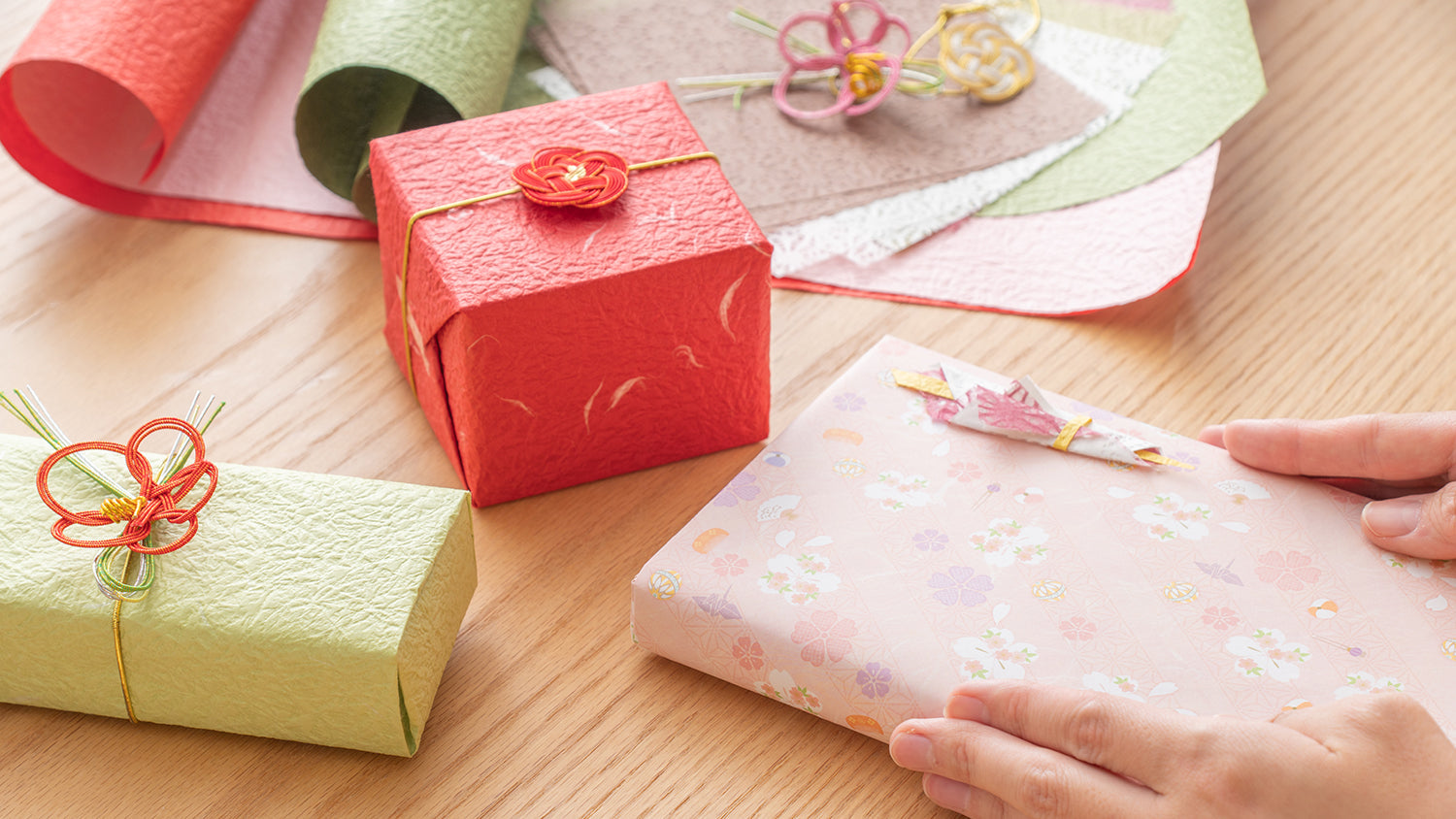

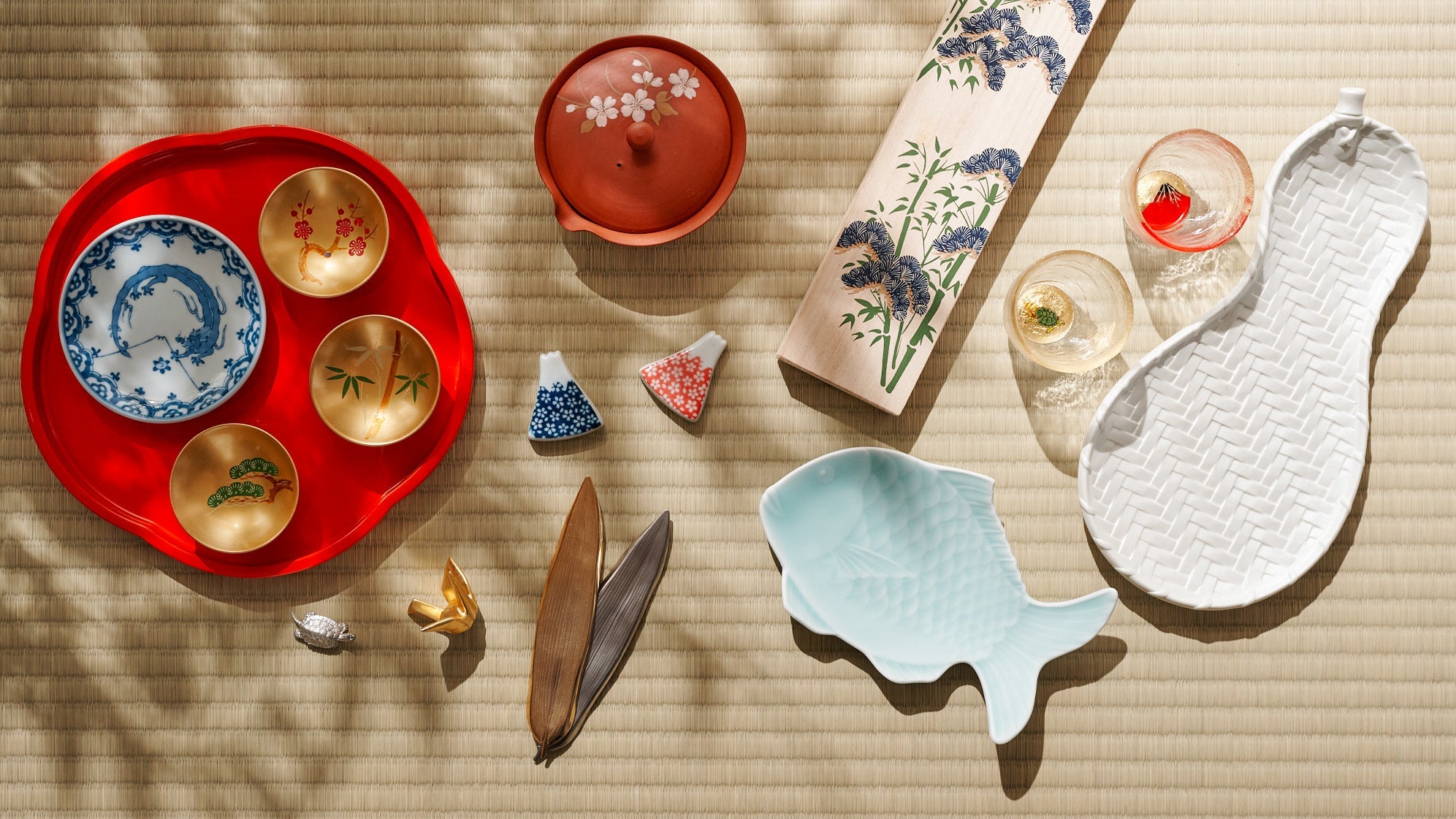
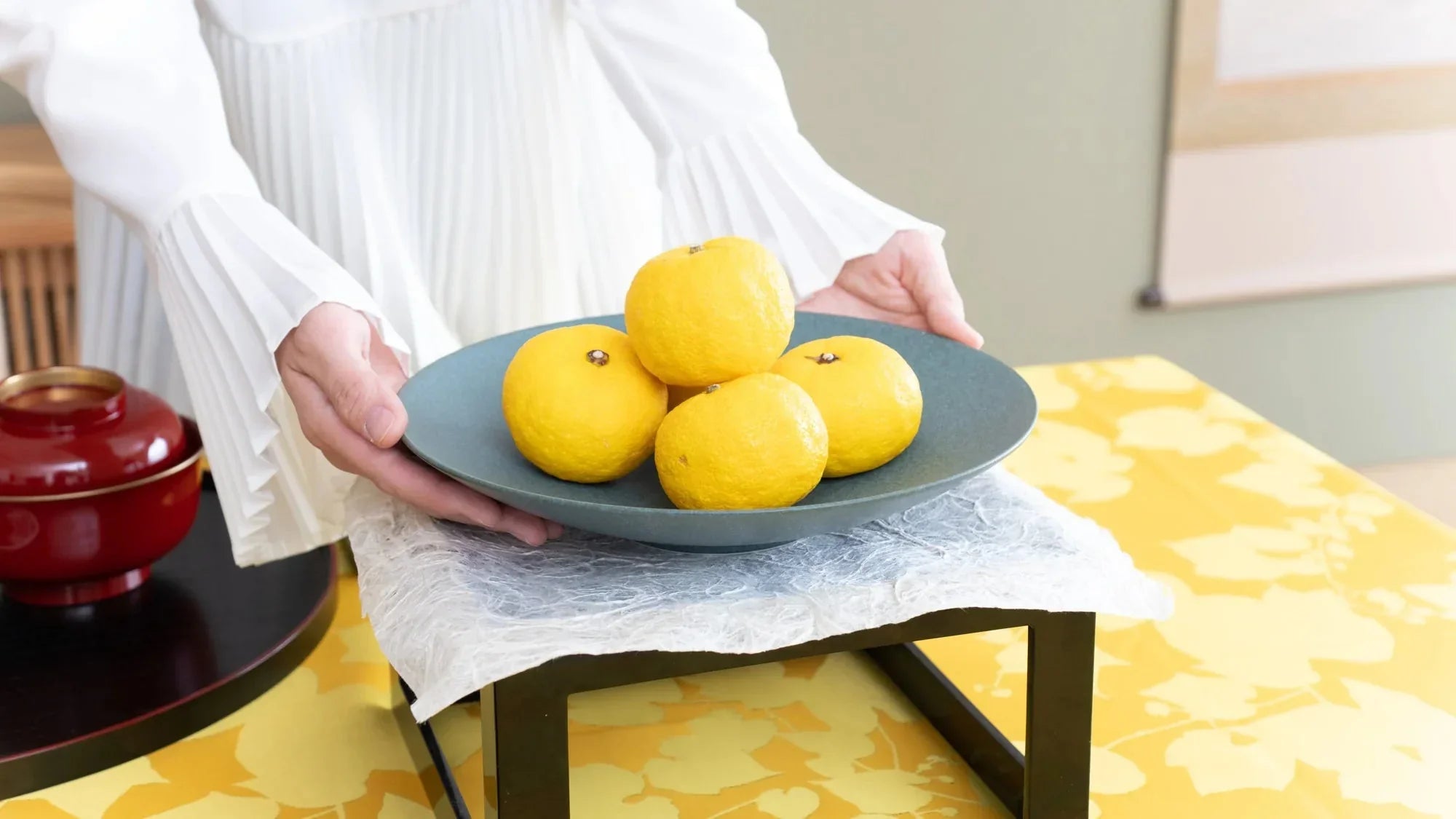
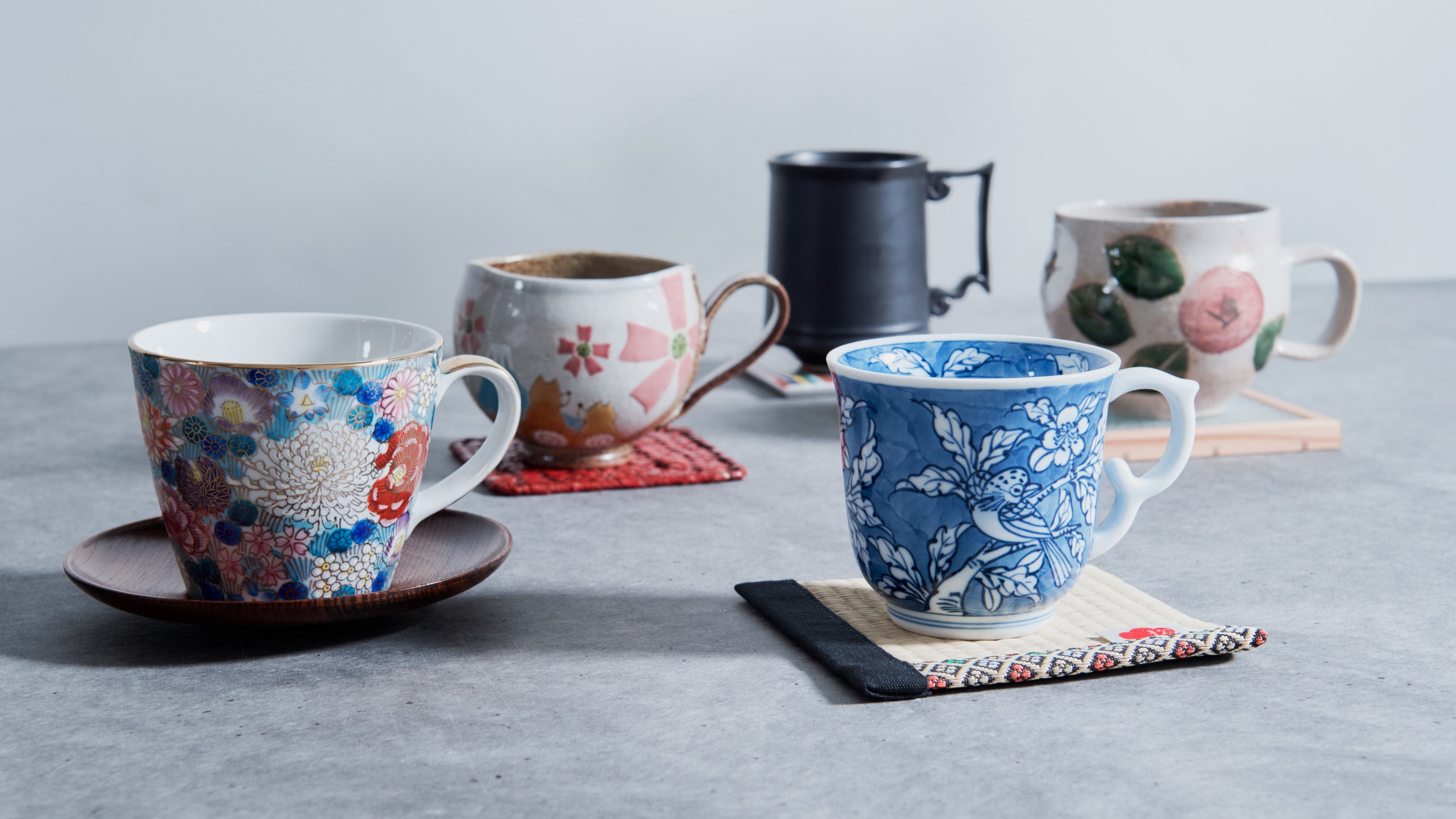
Leave a comment
This site is protected by hCaptcha and the hCaptcha Privacy Policy and Terms of Service apply.